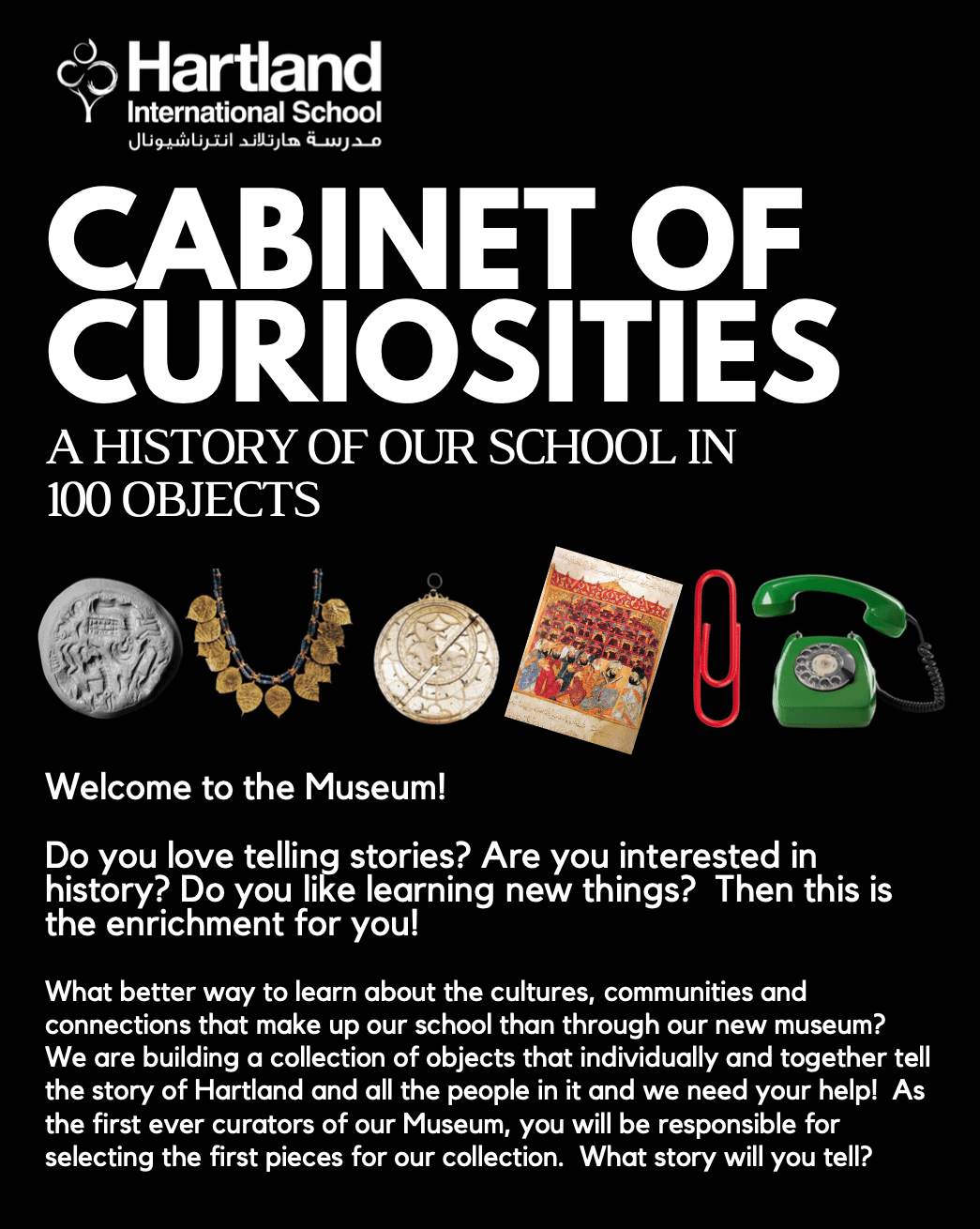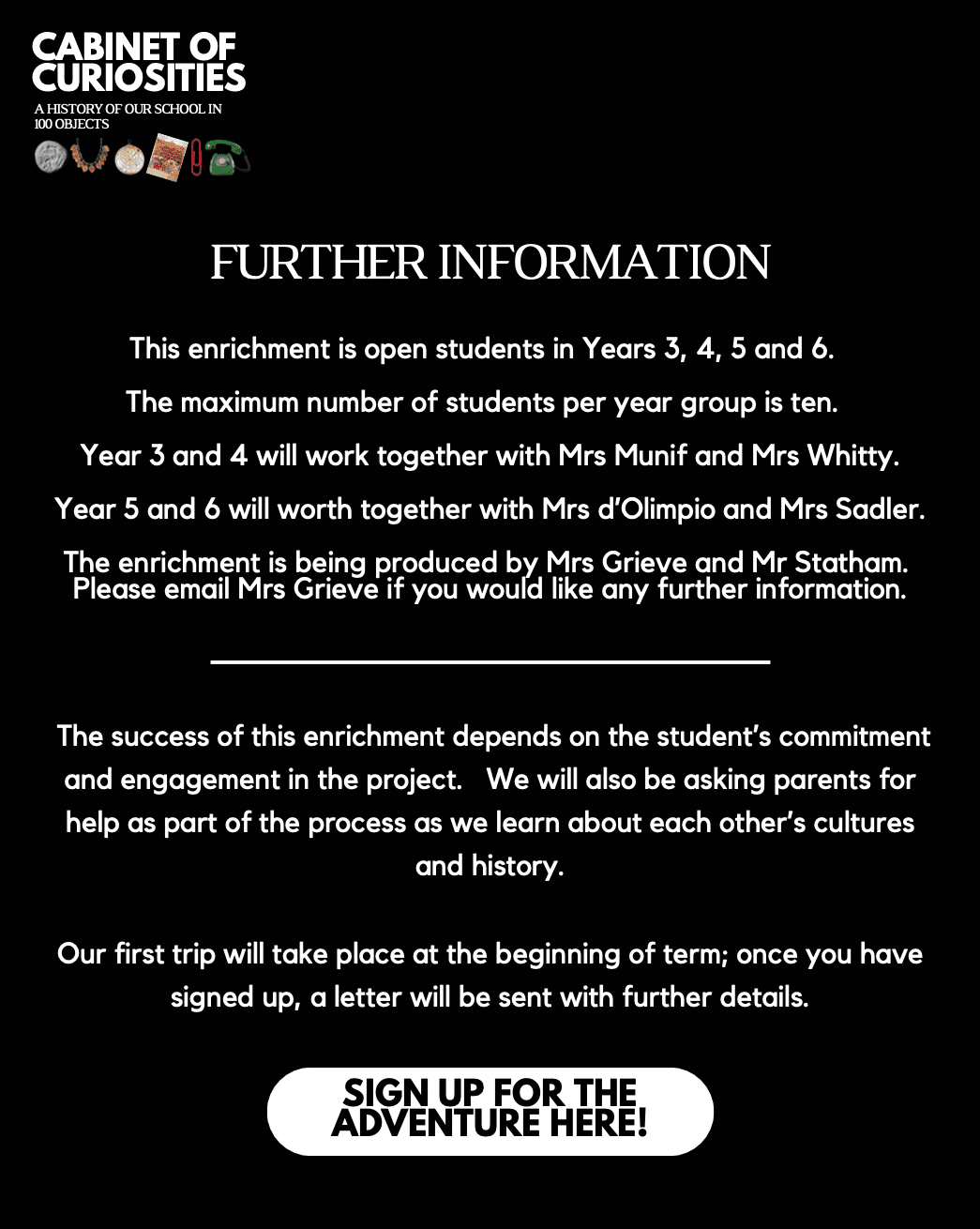Year 3/4 and Year 5/6 Enrichment Inquiry – A School Museum
Home › Forums › Inquiry and resource design › Year 3/4 and Year 5/6 Enrichment Inquiry – A School Museum
- This topic has 0 replies, 1 voice, and was last updated 1 year, 9 months ago by
 MaryRoseG.
MaryRoseG.
-
AuthorPosts
-
16th March 2024 at 2:11 pm #82818
I have just had a powerful and exciting meeting with Darryl and Jenny Toerien and a group of teachers and senior leaders from our school about our journey towards inquiry and we thought we would use this forum to document and reflect on our progress as we go.
Some context first. We are an international school in Dubai using an enhanced English curriculum, GCSEs and A Levels. We have 1600 students from age 3 to 18. This year, we began working towards becoming a High Performance Learning school. One of the seven pillars of HPL is “enquiry based learning” and this has given us the opportunity to really develop our approach to inquiry through FOSIL.
In the summer term, we are going to run a pilot project as part of the afterschool enrichment programme for students in Years 3, 4, 5 and 6. They can choose to sign up to the project and we are hoping that many will – although we have a maximum number of 40. This pilot project will allow us to engage with the process of a whole inquiry but in a controlled but less formal way than bringing it in through curriculum lessons.
But, because it is not part of the curriculum, thinking of how to structure it and give it a purpose has been a rather different process than wondering how, for example, we could engage students with particular topic or unit through inquiry. We want them to acquire inquiry skills but WHY? For what purpose? I grappled with all sorts of ideas which started as I was at a talk at the Emirates Airline Festival of Literature this year when I listened to Martin Puchner talk about his latest book, Culture: The Story of Us, from Cave Art to K-Pop. In it, he mentioned the Storehouse of Wisdom in Baghdad in 800CE and the exchange of ideas and translation of Greek and Chinese philosophical texts – a vibrant, buzzing city full of learning and cultural exchange assimilation. It seemed that this story, this part of history, was a hugely relevant one to our culturally and linguistically diverse population of students in our school in the vibrant city of Dubai. How, I wondered, could learning about this become an inquiry unit which would excite and engage some of our youngest students? I continued to encounter connections as I read more – from Island by David Almond to The Silk Roads by Peter Frankopan – and yet still I wasn’t sure how this was going to become something that could be turned into a concrete set of plans. It remained an amorphous, swirling set of connected threads for some time. Discussions with colleagues, with Darryl and Jenny all contributed to the thoughts but we were getting dangerously close to the day when we had to give form to the plans at our HPL Drive meeting and I was getting more and more panicked about how this would all turn into something communicable and transferrable. And then I had a conversation with one of the teachers who will be working on the enrichment with the students and as I was telling her about this amazing episode of BBC Radio 4s A History of the World in 100 Objects, it all fell into place. We would create a History of Hartland in 100 Objects, or a Cabinet of Curiosities, A Wall of Wonder… call it what we will, we will create a museum which can be used as a resource by our learners way beyond this initial pilot.
Our primary students will start it by selecting one or two objects which they think are worthy of inclusion in our museum, to start it off. And in the future, the museum can be used by students in every year group, in every subject as part of a particular unit of inquiry – to either stimulate learning from what is in it, or to be part of an inquiry unit to add something to the museum.
There are some things that no doubt will need to be decided: will we need a Collections Committee to decide what makes it into the museum? Might every year group choose to design a unit around an object for inclusion in the museum? If so, how does that become part of the story of the school’s history? What IS the story of the school’s history and who decides that? I have no doubt that as we progress on this journey, after the pilot is over, we will encounter these big questions and will have to ponder over them but for now, we will focus on this initial project.
There are some new building works about to start in the school and a space has been identified which can house the museum which is a communal space accessible to all the students from FS1 to Year 13. The architect working on the project will be putting the museum into her design process and it may well be that the students in the enrichment can be involved in this in some way. In the meantime, we will have a temporary museum to house the objects in at the end of term for display.
We have some fantastic museums in Sharjah and an incredible collection of rare manuscripts and books in the Mohammed Bin Rashid Library in Dubai which will be integral to this inquiry and will be visited as part of the CONNECT phase of the project to inspire the students not only in their collection development work but in thinking about design and display too. As the librarian and because I am working on another project around literacy and reading, it is really important that we develop the students’ reading will and skill, so the iconic The Museum Book by Jan Mark will be a crucial part of this CONNECT phase.
I have realised that we need to develop our collection of books and resources in the library to enable this inquiry to be as meaningful as possible so have set to work sourcing books and digital resources they may need, however, the main inquiry/entry question of What will be the first two objects to put in our Museum of Hartland? is almost impossible to answer so we will meet over the next few days to look at the FOSIL skills and talk about what it is that we want the children to get out of this (Dark Star in Island by David Almond asks ‘What is the point of me in this universe?’ which is of course the question we are all contemplating as we journey through life, but is one that underpins the point of having a museum in the first place). Jenny suggested that perhaps we, the adults, should select a group of objects which we could then guide the children through to allow them a deeper understanding of the reason humans collect and preserve the past. This has the added benefit of engaging the adults deeply in the process and connecting us with the learning in a very different way than normal.
This impossibly long essay will I hope be the start of a continuous discussion between those of us working on this at Hartland and with the wider FOSIL community so that we can document and reflect on our progress and deepen our collective understanding of how to bring inquiry into the classroom on a practical level.
To be continued…


-
AuthorPosts
- You must be logged in to reply to this topic.


